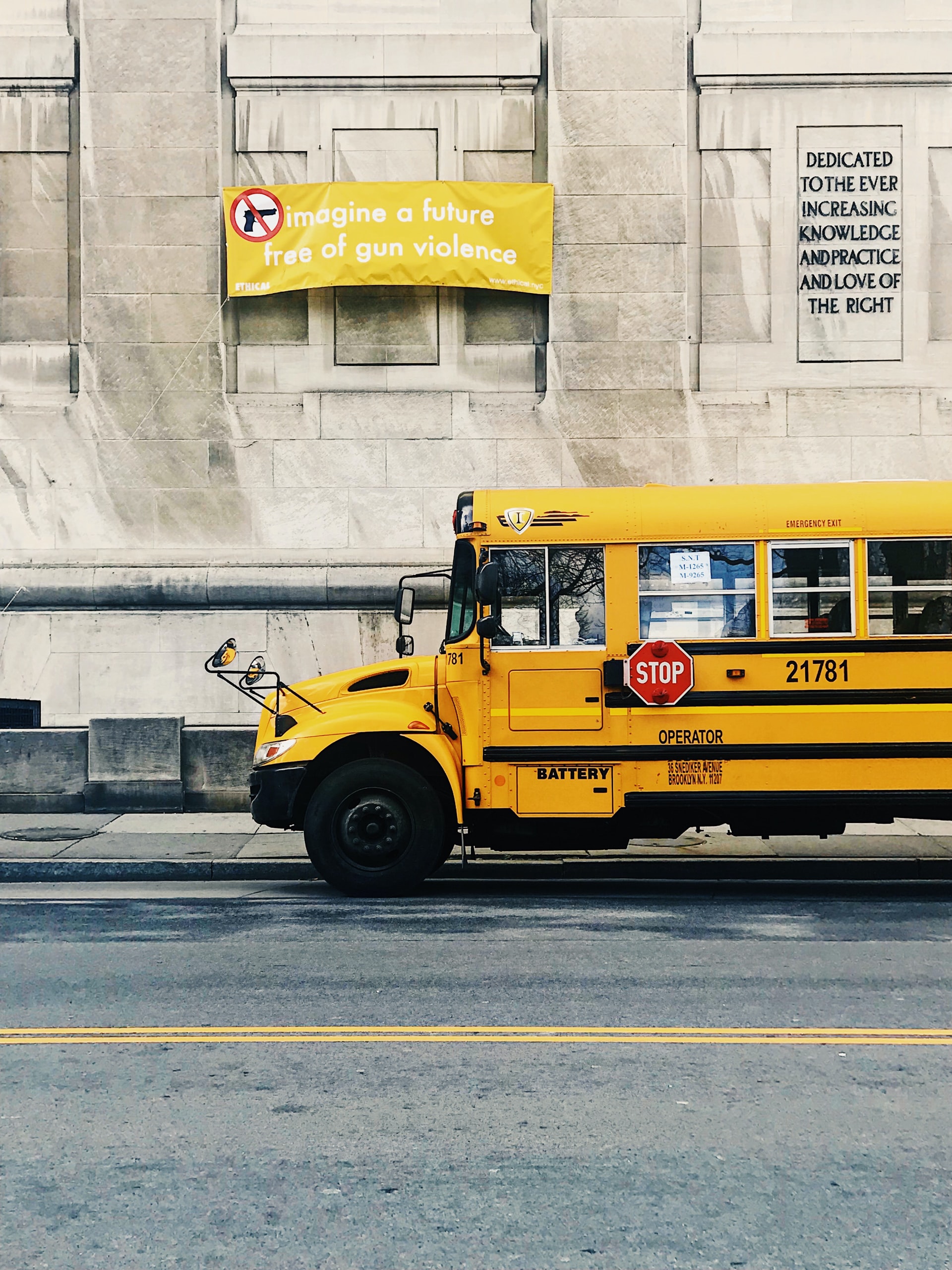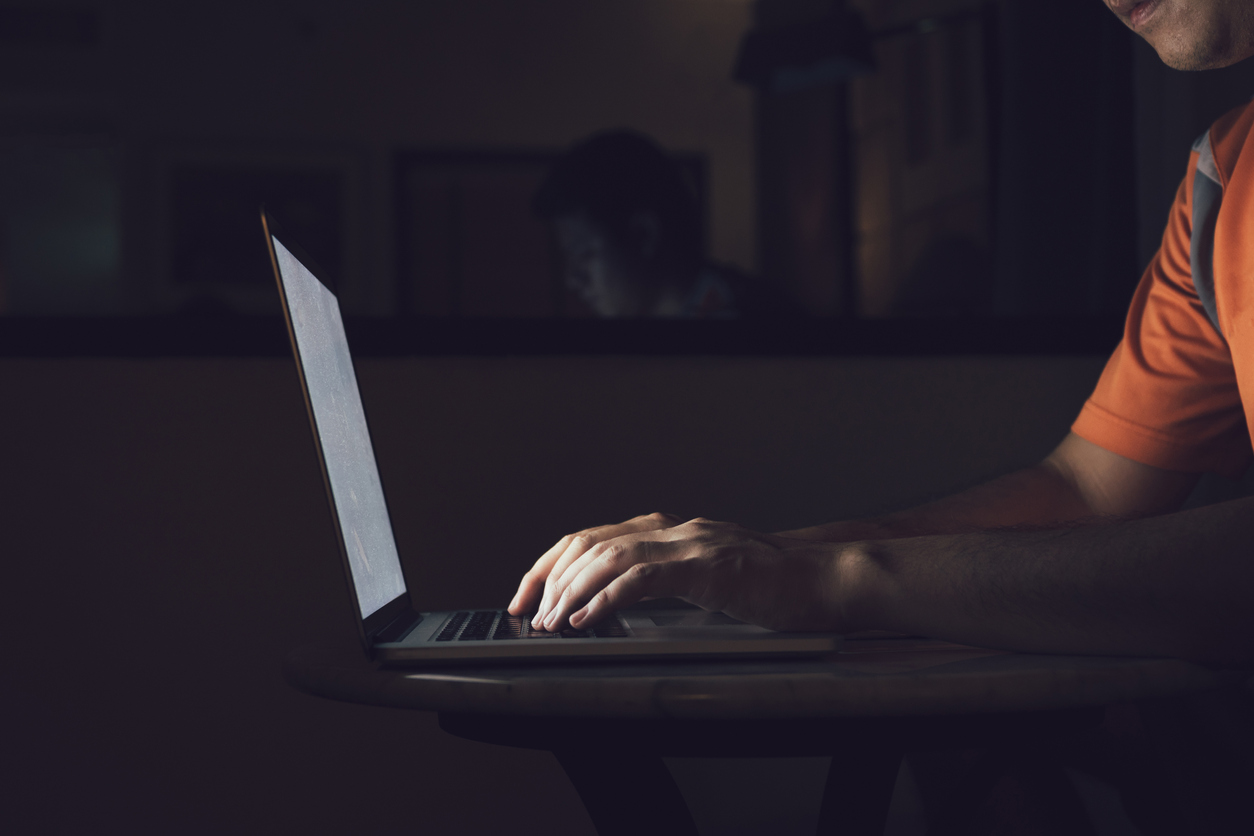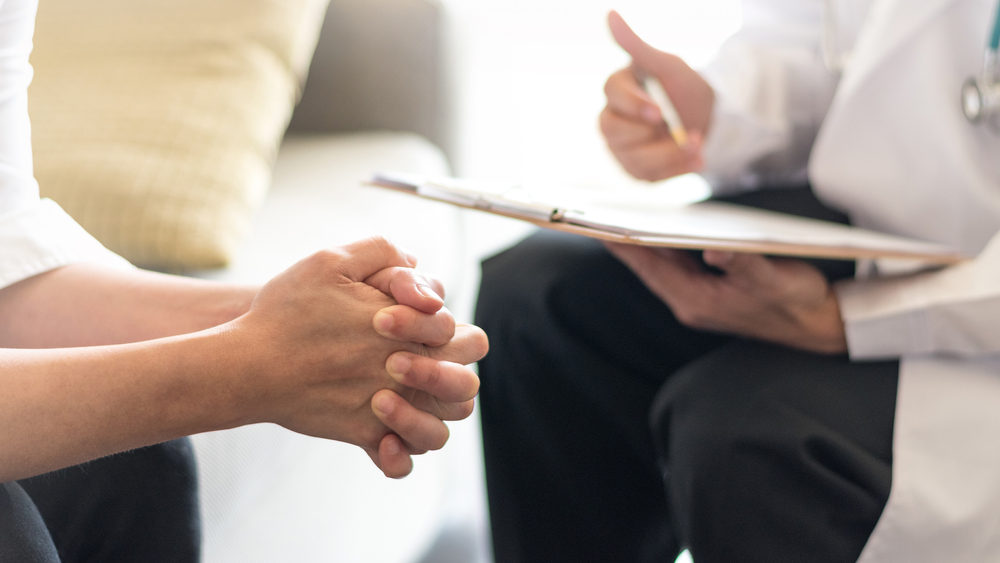Mass Shootings
Mass shootings are becoming more common in America and have long-lasting psychological impacts on survivors, their families, and communities.
In 2019, 73 Americans were killed and 112 injured in 10 highly publicized mass shootings in which three or more victims were killed in public places.1 In addition, that year, there were more than 400 other events in the US in which four or more people were shot.2 The risk of mass shootings can be reduced by utilizing existing interventions on those who display warning signs prior to committing acts of violence and tragedy.
Most mass shooters have not been diagnosed with a mental illness and are not legally prohibited from owning firearms.
 The Numbers
The Numbers
Mass shootings have captured the attention of Americans in the last few decades, and for many, are their primary concern about gun violence. Eight of the deadliest mass shootings in recent US history have happened in the past 10 years,3 and during this period, mass shootings have increased in frequency and lethality.4,5 School shootings, which are uniquely tragic, have become more common and changed the educational landscape for many children. While public mass shootings by strangers tend to receive the most media attention, these incidents are relatively rare compared to other types of firearm injuries, accounting for less than 1% of annual firearm deaths on average. 1,6
Mental Illness
It is commonly and incorrectly assumed that all people who commit mass shootings are mentally ill, and this misperception is perpetuated by media reports that focus on the mental health history of the perpetrator. Many people then argue that the threat of mass shootings should be addressed by the mental health system – by having the individual psychiatrically hospitalized and treated, thereby deterring them from violence. Many also believe this is an effective mechanism to prevent purchase or ownership of firearms. The reality is that most mass shooters do not have a diagnosed mental illness at the time of the shooting, and often do not meet criteria for involuntary psychiatric commitment or for firearm prohibitions through the mental health system.7
Other Factors

Multiple studies have found certain characteristics common to mass shooters: nearly all are males who act alone, have experienced stressors or loss at home, and plan their actions for some time.7 School shooters also tend to exhibit behavioral problems at school and have grievances with peers.8 However, these traits are common in the general population; thus, no reliable demographic profile exists to identify shooters before they act.
While criminal records for violence are relatively rare among mass shooters, histories of domestic violence are much more common. In recent years, mass shootings in which the victims were primarily family members (most of which happened in the home) outnumbered public mass shootings two to one.9 Many mass shooting perpetrators have histories of stalking or assaulting women. Misogyny and racism are common themes among mass shooters, as is affiliation with extremist groups.10
Another commonality among mass shooters is that many of them exhibit some form of “leakage” – communicating their plans in advance in person, in writing, or over social media. This has proven one of the most reliable identifiers of at-risk individuals. However, in many highly publicized cases where the person made threats before acting, law enforcement was aware of the risk but had few tools with which to intervene. In the absence of criminal activity or qualifying psychiatric symptoms, a person cannot be legally detained. And even if they appear to pose a risk of danger, barring other disqualifying factors, they are generally still allowed to legally purchase or own a gun.
What You Can Do
Various types of civil protective orders can prohibit a potentially dangerous person from having contact with a potential victim, or from purchasing or possessing a firearm. In California, clinicians cannot petition for protective orders on behalf of a patient, but should be aware of the array of orders available and ready to discuss options as clinically indicated.
Because of the relationship between domestic violence and mass violence, a domestic violence restraining order (DVRO) may be appropriate to consider for patients who express concern about the violence potential of a family member or intimate partner. If threats are made of violence at a school or workplace, a setting-specific violence prevention order may be most appropriate.
Extreme risk protection orders, also known as “red flag” laws or gun violence restraining orders (GVROs) in California, are a way to remove weapons from a dangerous situation when other protective orders do not apply, and have shown promise as an intervention for mass shootings. A recent report, which examined 21 GVROs filed to intervene in threats of mass shootings, found that 52 guns were recovered and none of the individuals had gone on to perpetrate acts of gun violence at the time the article was published.11
If the risk of violence appears to be due to mental illness, an involuntary mental health hold (known as a 5150 in California) may also be appropriate. These holds may remove the person’s ability to carry out threats for a short period of time while they are in psychiatric care. However, they should not be relied upon as a mechanism for removing firearm access, as the 5150 itself does not result in a firearm prohibition. If a mental health clinician is not available to place a 5150, a 24-hour mental health hold (known as a 1799), available to emergency clinicians, may be appropriate.
In the event that a threat of serious bodily harm to a reasonably identifiable victim is made to a psychotherapist or licensed mental health clinician, a “Tarasoff” report may be merited.
 In situations where a minor appears to be at risk of committing an act of mass violence, it’s important to address access to firearms in the home with other household members. Eighty percent of school shooters acquire their guns from their home, family member, or friend.12 Storing guns and ammunition locked and separate from each other or transferring firearms outside the home may serve as a deterrent.
In situations where a minor appears to be at risk of committing an act of mass violence, it’s important to address access to firearms in the home with other household members. Eighty percent of school shooters acquire their guns from their home, family member, or friend.12 Storing guns and ammunition locked and separate from each other or transferring firearms outside the home may serve as a deterrent.
Page last updated May 2022.
Learn more about potential interventions
Protective orders can remove firearms from dangerous situations.
Mental health holds can help people at risk of suicide or violence get into psychiatric care.
Psychotherapists have a duty to protect third parties from violence threatened by their patients.
If guns are kept in the home, storing them safely can prevent firearm injury.
Storing guns outside the home when someone is at risk can be lifesaving.
For more information, see these peer-reviewed articles.
Wintemute, G. J., Pear, V. A., Schleimer, J. P., et al. (2019). Extreme Risk Protection Orders Intended to Prevent Mass Shootings. Annals of Internal Medicine.
Marvel, D., Mejia, P., Nixon, L., et al. (2018). Issue 25: More than mass shootings: Gun violence narratives in California news. Berkeley Media Studies Group.
Wintemute, G. J. (2018). How To Stop Mass Shootings. New England Journal of Medicine.
Metzl, J. M., & MacLeish, K. T. (2015). Mental Illness, Mass Shootings, and the Politics of American Firearms. American Journal of Public Health.
Appelbaum, P. S. (2013). Public Safety, Mental Disorders, and Guns. JAMA Psychiatry.
Additional Resources on Mass Shooting Threats
A Guide to Mass Shootings in America
Mother Jones guide to mass shootings in America with open-source database documenting mass shootings and discussing analytical findings.
APA Resources for Coping with Mass Shootings, Understanding Gun Violence
Resources by the American Psychological Association (APA) to help those suffering from the distress of mass shootings and help understand firearm violence.
Protecting America’s Schools
A U.S. Secret Service analysis of targeted school violence from 2008 to 2017 with analysis of threat assessment.
Deadliest Mass Shootings Are Often Preceded by Violence at Home
An analysis found 60% of mass shootings were either domestic violence attacks or committed by men with histories of domestic violence.